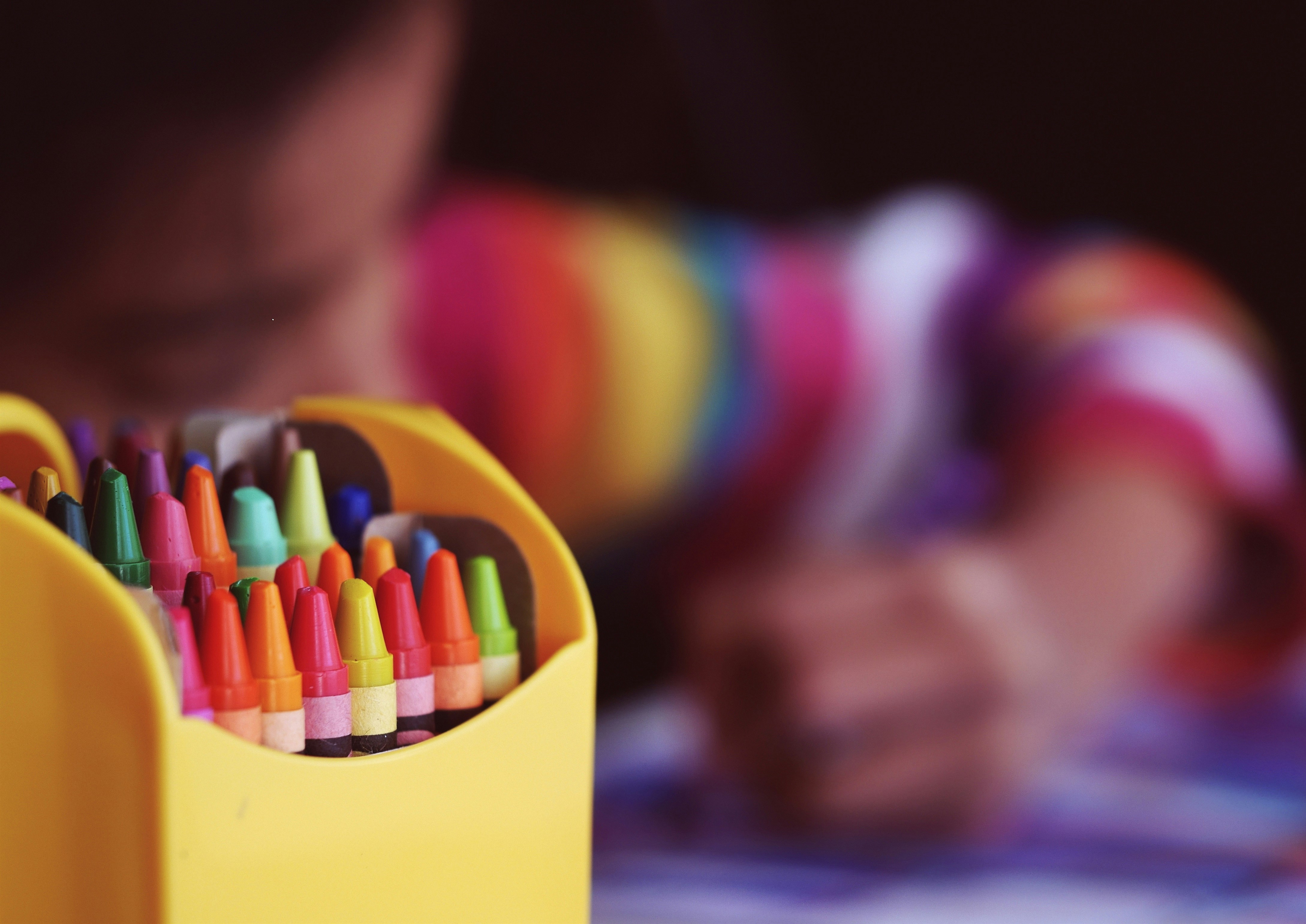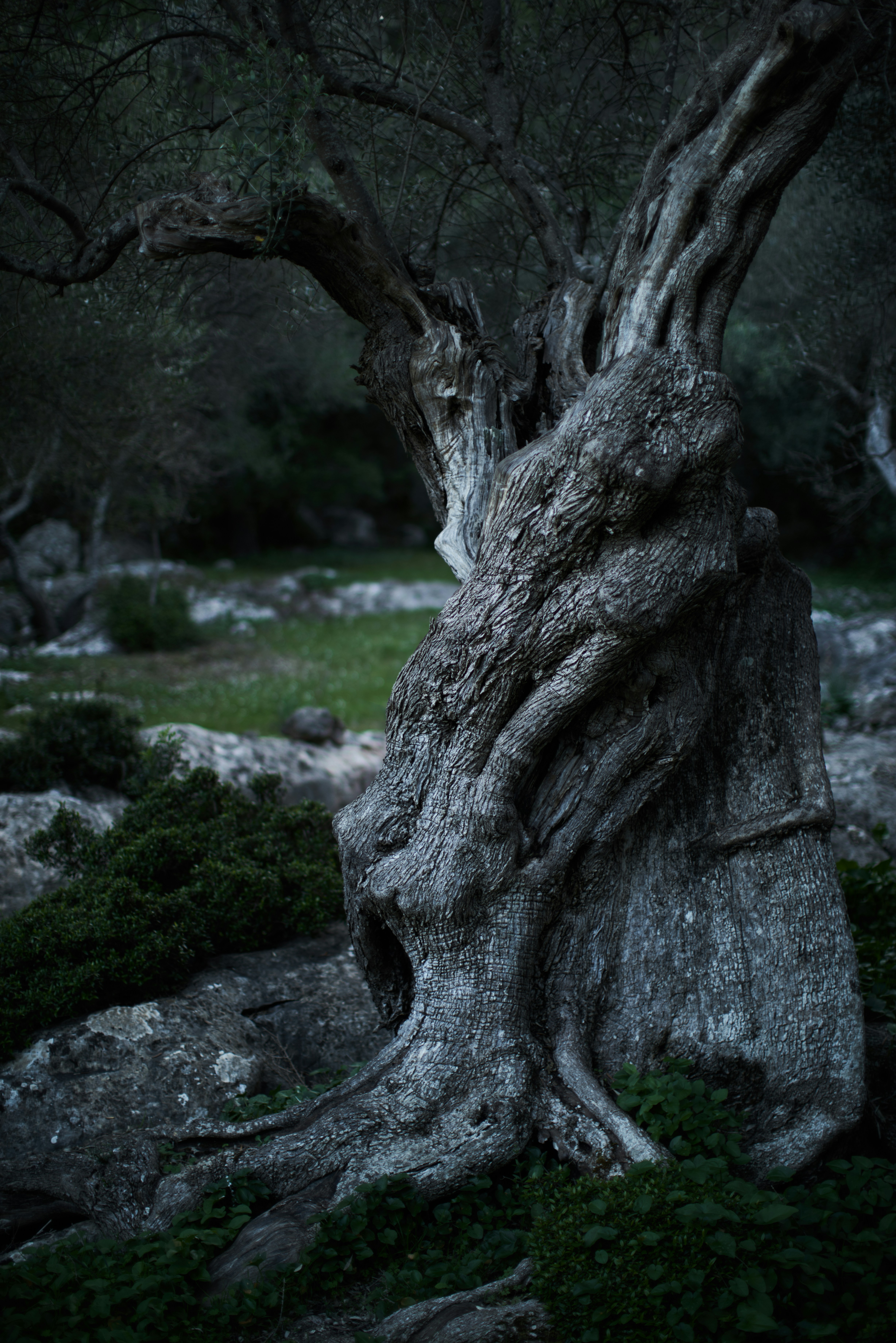The Unexpected Power of Kintsugi: Embracing Imperfection in Relationships
Published on September 17, 2024
The Unexpected Power of Kintsugi: Embracing Imperfection in Relationships

In a world that often seems obsessed with perfection, there's a beautiful Japanese art form that celebrates the opposite: kintsugi. This centuries-old practice involves repairing broken pottery with gold, silver, or platinum, highlighting the cracks instead of hiding them. The result is often more beautiful than the original piece, with its golden seams telling a story of resilience and renewal.
But what if we applied the principles of kintsugi to our relationships?
Embracing the Cracks
Just like pottery, relationships can develop cracks over time. Misunderstandings, arguments, and hurt feelings are all part of human interaction. Instead of trying to hide these imperfections or pretending they don't exist, what if we acknowledged them openly?
By embracing our relationship's "cracks," we create space for honesty, growth, and deeper connection. It's in these vulnerable moments that we often find the most profound opportunities for strengthening our bonds.
The Gold of Understanding
In kintsugi, gold lacquer is used to join the broken pieces. In our relationships, understanding and empathy can be that gold. When conflicts arise, taking the time to truly listen and understand each other's perspectives can transform a potential breaking point into a stronger connection.
This process isn't always easy. It requires patience, compassion, and a willingness to be vulnerable. But like the kintsugi master carefully applying gold to broken ceramics, we can learn to apply understanding to the broken parts of our relationships.
Beauty in Imperfection
A kintsugi piece is uniquely beautiful because of its history, not in spite of it. Similarly, our relationships can become richer and more meaningful when we embrace their full history – including the difficult parts.
This mindset shift can be particularly powerful for families navigating the challenges of different generations, cultures, or communication styles. By viewing conflicts as opportunities for growth rather than failures, we can build more resilient and authentic connections.
Practicing Relationship Kintsugi
Here are a few ways to incorporate the spirit of kintsugi into your relationships:
- Acknowledge difficulties openly instead of sweeping them under the rug
- Practice active listening during conflicts, seeking to understand rather than to be right
- Express gratitude for the growth that comes from overcoming challenges together
- Celebrate your relationship's unique journey, including its imperfections
By embracing the art of kintsugi in our relationships, we open ourselves to a deeper, more authentic connection with those around us. We learn to see beauty in the process of repair and growth, creating bonds that are stronger and more beautiful for having been broken and mended.
If you're looking for more ways to strengthen your family bonds and improve communication, consider trying Thinker, an AI-powered tool designed to help mediate relationships and provide support for mental well-being.


